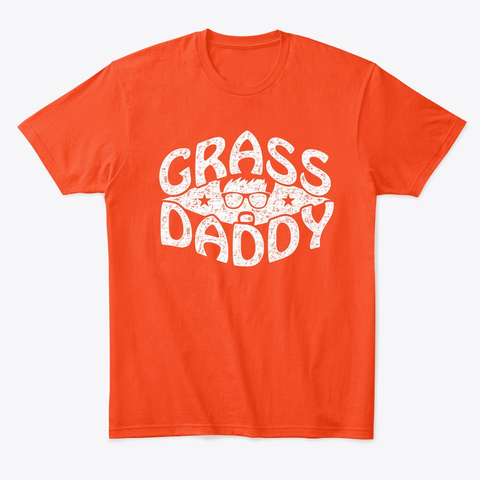The weed killing funnel takes the guesswork out of killing weeds in the lawn. You’ll start to see progress quickly and work your way down to a weed free lawn. Depending on how bad your lawn is, you might have to do this over a few seasons, but you should see progress within a month or two. That progress will motivate you to continue as you see that it’s really not that difficult to have a weed free lawn!
Step 1 – Common Easy Weeds
In the first step you aren’t worried about identifying anything. Most likely you have a little of everything, so we’ll start out with a cheap and easy product that will cover a wide variety of weeds. I personally have been enjoying Roundup for Lawns as it’ll kill some weeds in Step 2 as well, but a more generic product like HDX Weed Killer for Lawns will work as well.
The best time to start is when the weeds are actively growing. A fertilizer application a week or two prior will cause the weeds to soak in weed killers faster. It will also encourage your good grass to thicken up, so as the weeds die the good lawn flourishes too. The key here though is NOT to use a fertilizer/weed killer combo. You want to apply a liquid weed killer, and wait a week or two after the fertilizer to give it a chance to start working.
Ingredients: 2,4-D, Dimethylamine Salt, Dicamba, Quinclorac, MCPA
Step 2 – More Difficult Weeds
After applying a broad spectrum weed killer a couple times, you are ready for Step 2. By now you should have much fewer weeds in your lawn. It should be easier to identify weeds now as you’ll have fewer to investigate. Most commonly weeds in this category are nutsedge, clover, chickweed, oxalis, spurge, and ground ivy.
These weeds usually take 2 or more applications to kill, and can be a bit more frustrating. You’ll also need to use a more specific killer, most commonly Ortho CCO or Ortho Nutsedge Killer. In this step it’s important to use a surfactant, although dish soap or baby shampoo can be used instead. This will help these products be more effective.
Ingredients: Triclopyr, Sulfentrazone
Step 3 – Specialized Weeds
These are the weeds that most people won’t notice, but if you are really getting into having a perfect lawn you’ll want to take care of them as well. Most commonly these are Poa Annua, Nimblewill, Quackgrass, and other grassy weeds. These tend to be harder to identify and can take multiple seasons to kill off. You’ll also need to apply more specialized products geared towards professionals. For this reason many homeowners decide to live with their lawn and stop at Step 2.
It’s actually not that difficult to apply these product. You simply have to identify the weeds and carefully measure the products recommended. But it should be noted that many of these products can harm your lawn if over applied. Many of these weeds spread quickly and are difficult to kill so you’ll have to repeat applications as necessary. At this point you’ll be learning as much as you can about the weeds – but you shouldn’t have dozens at this point, it should only be a couple.
Ingredients: Mesotrione, Fenoxaprop-p-ethyl, Halosulfuron-methyl
Every Spring:
Now it’s important to understand the best defense to weeds in your lawn is a pre-emergent in the spring. This will prevent the majority of weed problems. As you are killing weeds every season you don’t want their seeds causing more weeds each year. Repeat this yearly even when you feel your lawn is in good shape.
Every Fall:
As you kill weeds most lawns will be left with bare spots.You’ll want to overseed each fall until your lawn is thick and healthy. Once it’s thick and healthy you’ll want to apply a fall pre-emergent. This will prevent some weeds that germinate in the fall from popping up the next spring.






Felipe Cruz
What pre-emergent do you recommend?
Tim Linden
I use and recommend Prodiamine